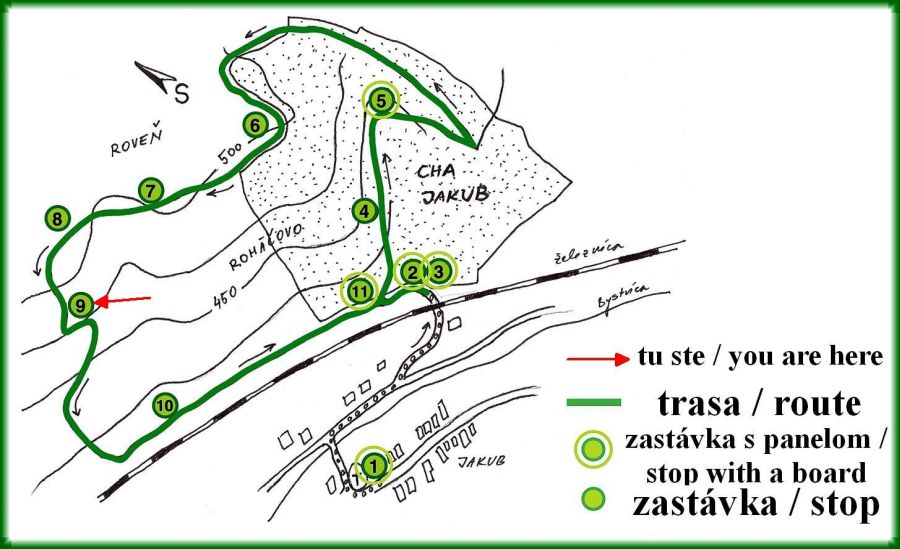
ZASTÁVKA DEVIATA – LESNÉ PROSTREDIE
Naše putovanie, až doposiaľ, viedlo hlavne lúkami a suchými stráňami. Miestami sa však chodník stáča a prechádza chladnejším, vlhkejším prostredím, podobným lesnému prostrediu. Hustejší porast stromov a kríkov so zapojenými korunami výdatne tieni. Nie je tu síce les v plnom zmysle slova, no predsa tu nájdeme aj typické lesné tieňomilné rastliny, príznačné pre vegetačné pásmo dubových bučín.
Rastú tu napríklad: chochlačka dutá a plná (Corydalis cava, C. solida), zubačka cibuľkonosná (Dentaria bulbifera), kopytník európsky (Asarum europaeum), hrachor jarný (Lathyrus vernus), či elegantná ľalia zlatohlavá (Lilium martagon).
Prirodzene sa tu vyskytujú aj typické lesné živočíchy, ako stonôžky (Chilopoda), mnohonôžky (Diplopoda), chvostoskoky (Collembola), šťúriky (Pseudoscorpionidea). Les, alebo lesu podobné porasty, ako životné prostredie uprednostňujú aj piskory (Sorex araneus, S. minutus), ryšavky (Apodemus flavicollis), hrdziaky (Clethrionomys glareolus), či pĺšik lieskový (Muscardinus avellanarius).
Zápoj korún stromov a kríkov, husté prekorenenie pôdy aj podložia účinne bránia odplavovaniu pôdy a následnej erózii. Zabraňovanie erózii je veľmi významná, no stále len jedna z mnohých, funkcií rastlinného krytu, hlavne porastu stromov a kríkov.
V súčasnosti tu rastú najmä hraby (Carpinus betulus) a duby (Quercus sp.), miestami buky (Fagus silvatica). Pôvodné lesné spoločenstvo, ktoré tu bolo podľa mnohých náznakov vyvinuté už v čase pred prvým odlesnením, predstavuje spoločenstvo dubovej bučiny s lipou (Querceto-Fagetum tiliosum). Lesy v blízkom okolí, tiež patria k uvedenému typu prírodného spoločenstva.
Rastú tu napríklad: chochlačka dutá a plná (Corydalis cava, C. solida), zubačka cibuľkonosná (Dentaria bulbifera), kopytník európsky (Asarum europaeum), hrachor jarný (Lathyrus vernus), či elegantná ľalia zlatohlavá (Lilium martagon).
Prirodzene sa tu vyskytujú aj typické lesné živočíchy, ako stonôžky (Chilopoda), mnohonôžky (Diplopoda), chvostoskoky (Collembola), šťúriky (Pseudoscorpionidea). Les, alebo lesu podobné porasty, ako životné prostredie uprednostňujú aj piskory (Sorex araneus, S. minutus), ryšavky (Apodemus flavicollis), hrdziaky (Clethrionomys glareolus), či pĺšik lieskový (Muscardinus avellanarius).
Zápoj korún stromov a kríkov, husté prekorenenie pôdy aj podložia účinne bránia odplavovaniu pôdy a následnej erózii. Zabraňovanie erózii je veľmi významná, no stále len jedna z mnohých, funkcií rastlinného krytu, hlavne porastu stromov a kríkov.
V súčasnosti tu rastú najmä hraby (Carpinus betulus) a duby (Quercus sp.), miestami buky (Fagus silvatica). Pôvodné lesné spoločenstvo, ktoré tu bolo podľa mnohých náznakov vyvinuté už v čase pred prvým odlesnením, predstavuje spoločenstvo dubovej bučiny s lipou (Querceto-Fagetum tiliosum). Lesy v blízkom okolí, tiež patria k uvedenému typu prírodného spoločenstva.
NINTH STOP – IN THE FOREST
Until now, our journey went mainly through grasslands and dry hillsides. In some places, the trail turns into colder and moister environment, similar to the forests. Dense vegetation of trees and bushes shade their surroundings. It is not a forest as we know it, but even though we can find there forest shade-loving plants, typical for altitudinal vegetation zone of oak–beech forests.
From the shade-loving forest plants we can find here, for example: Fumewort (Corydalis solida), Coralroot (Dentaria bulbifera), European wild ginger (Asarum europaeum), Spring vetchling (Lathyrus vernus), or elegant Eurasian lily (Lilium martagon).
Naturally, there are also typical forest animals, like Centipedes (Chilopoda), Millipedes (Diplopoda), Springtails (Collembola), Pseudoscorpions (Pseudoscorpionidea). Shrews (Sorex araneus, S. minutus), Yellow-necked mice (Apodemus flavicollis), Bank voles (Clethrionomys glareolus) and Hazel dormouse (Muscardinus avellanarius) prefer forested areas as their habitat as well.
The canopy of treetops and shrubs and dense rooting of the soil is an important way how to prevent flooding the soil and soil erosion. Stopping soil erosion is very important function, of plant cover , especialy trees and bushes ecosystems. Despite this, it is still only one of many other functions of the forests ecosystems.
Currently there are growing mainly hornbeams (Carpinus betulus) and oaks (Quercus sp.), sporadically beeches (Fagus sylvatica). The original forest community, which grew there before the first deforestation, was a mixture of oaks, beeches and lindens (Querceto-Fagetum tiliosum). Surrounding forests belong to the same plant community.
From the shade-loving forest plants we can find here, for example: Fumewort (Corydalis solida), Coralroot (Dentaria bulbifera), European wild ginger (Asarum europaeum), Spring vetchling (Lathyrus vernus), or elegant Eurasian lily (Lilium martagon).
Naturally, there are also typical forest animals, like Centipedes (Chilopoda), Millipedes (Diplopoda), Springtails (Collembola), Pseudoscorpions (Pseudoscorpionidea). Shrews (Sorex araneus, S. minutus), Yellow-necked mice (Apodemus flavicollis), Bank voles (Clethrionomys glareolus) and Hazel dormouse (Muscardinus avellanarius) prefer forested areas as their habitat as well.
The canopy of treetops and shrubs and dense rooting of the soil is an important way how to prevent flooding the soil and soil erosion. Stopping soil erosion is very important function, of plant cover , especialy trees and bushes ecosystems. Despite this, it is still only one of many other functions of the forests ecosystems.
Currently there are growing mainly hornbeams (Carpinus betulus) and oaks (Quercus sp.), sporadically beeches (Fagus sylvatica). The original forest community, which grew there before the first deforestation, was a mixture of oaks, beeches and lindens (Querceto-Fagetum tiliosum). Surrounding forests belong to the same plant community.
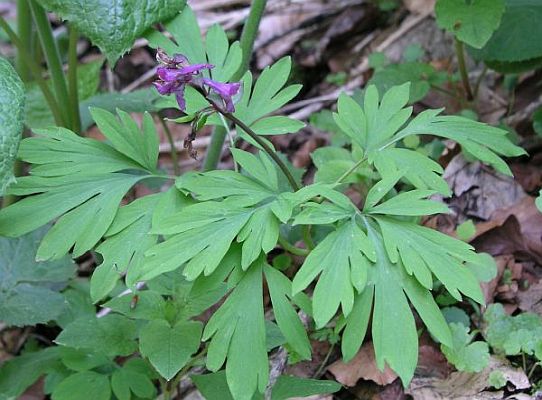
Chochlačka plná / Fumewort (Corydalis solida) Foto: Dušan Šácha
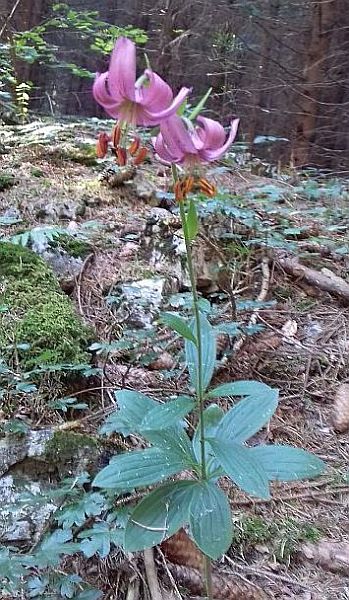
Ľalia zlatohlavá / Eurasian lily (Lilium martagon) Foto: Jana Kološtová
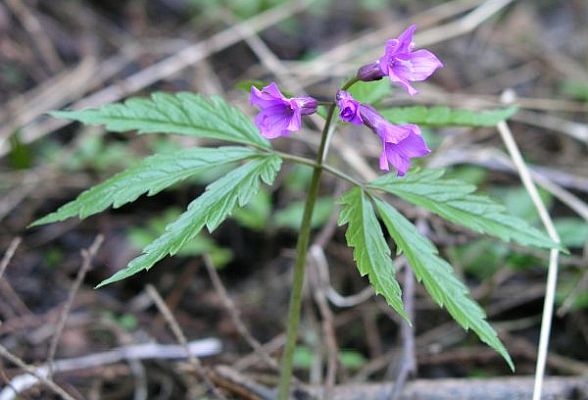
Zubačka cibuľkonosná / Coralroot (Dentaria bulbifera) Foto: Dušan Šácha
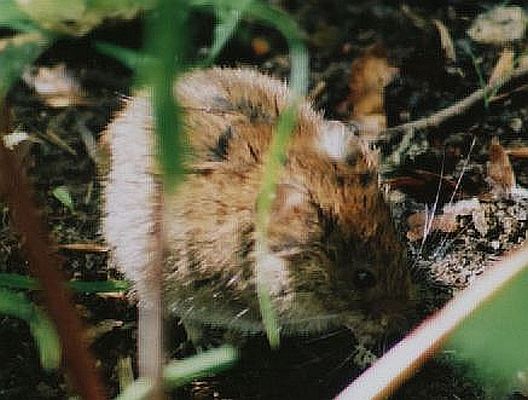
Hrdziak lesný / Bank vole (Clethrionomys glareolus) Foto: Peter Bačkor
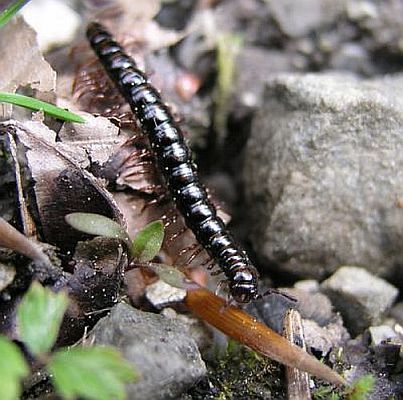
Stonôžka / Centipede (Chilopoda) Foto: Dušan Šácha

Pĺšik lieskový / Hazel dormouse (Muscardinus avellanarius) Foto: Ján Škorňa
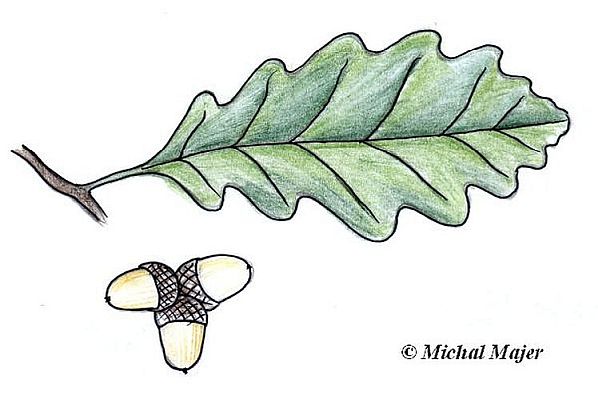
Dub / Oak
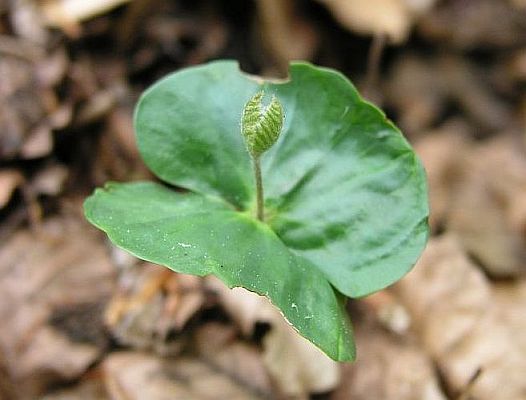
Semenáčik buka / Beech seedling Foto: Pavel Mathé
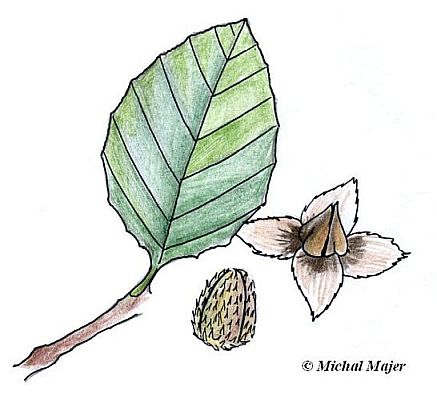
Buk / Beech
